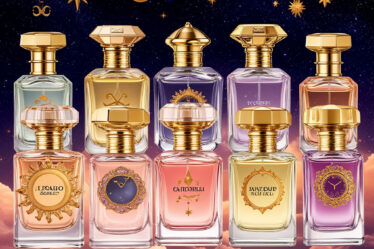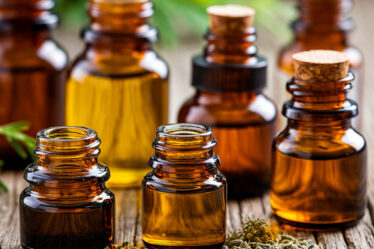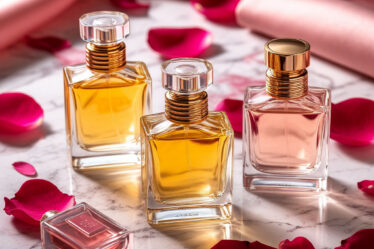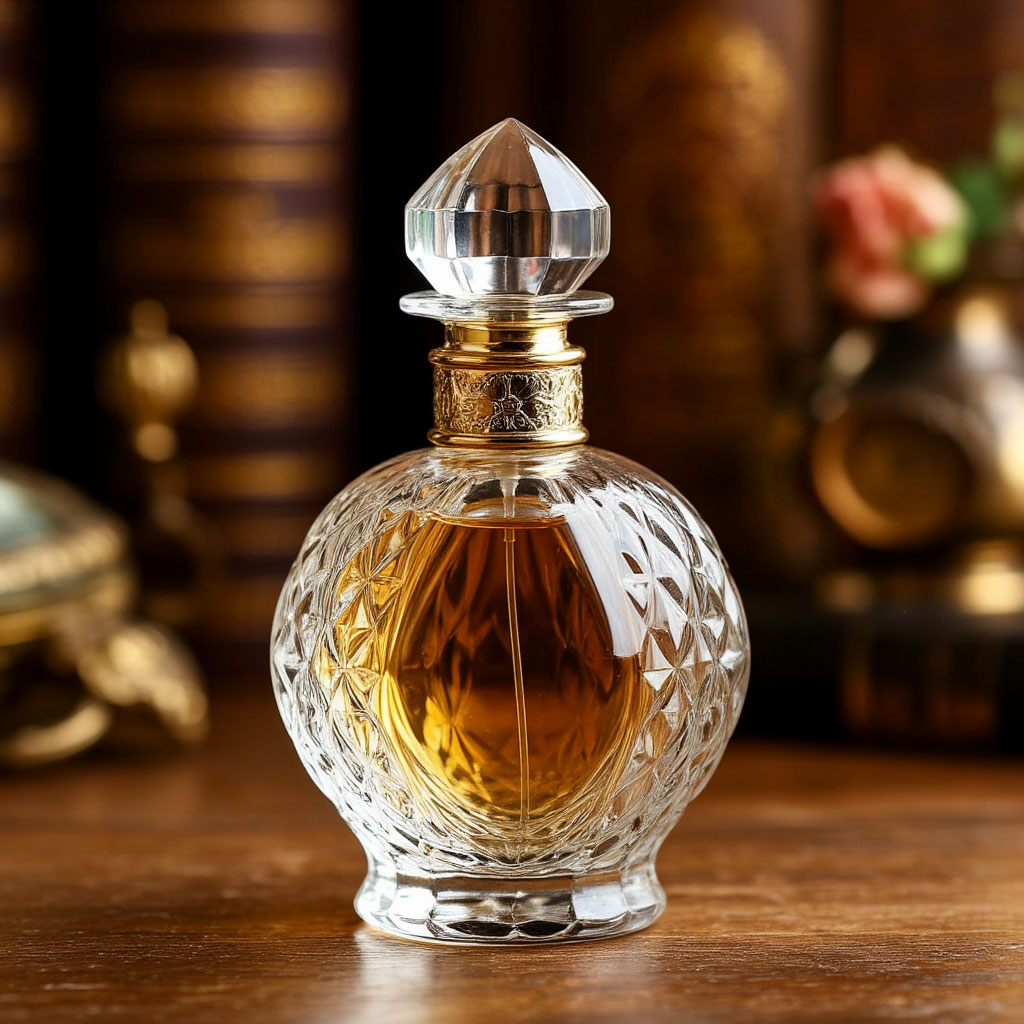
Smell has a unique way of bringing back memories. Just one breath—and you’re suddenly back in a grand ballroom of the early 1900s, at a wild party in the 1980s, or in a velvet-draped salon filled with mystery. Retro fragrances aren’t just scents; they’re time machines in a bottle, holding onto emotions and the mood of their era.
So why do retro fragrances still fascinate perfume lovers? What sets them apart from their modern versions? And where can you actually find true scents of the past that haven’t lost their magic? Let’s look at some legendary perfumes of the past, the people who created them, and how they still shape the fragrance world today.
From groundbreaking early blends to bold 1980s perfumes, from reformulated classics to advice on choosing your own signature scent—we’re diving into the world of vintage perfumery and what makes it feel so relevant even now.
Love vintage perfume stories? We prepared a Beauty Club mini-brochure with a quick timeline, the most influential houses & accords, and how reforms and storage shape what you smell today. You’ll find a PDF download at the end of this article to save and print.
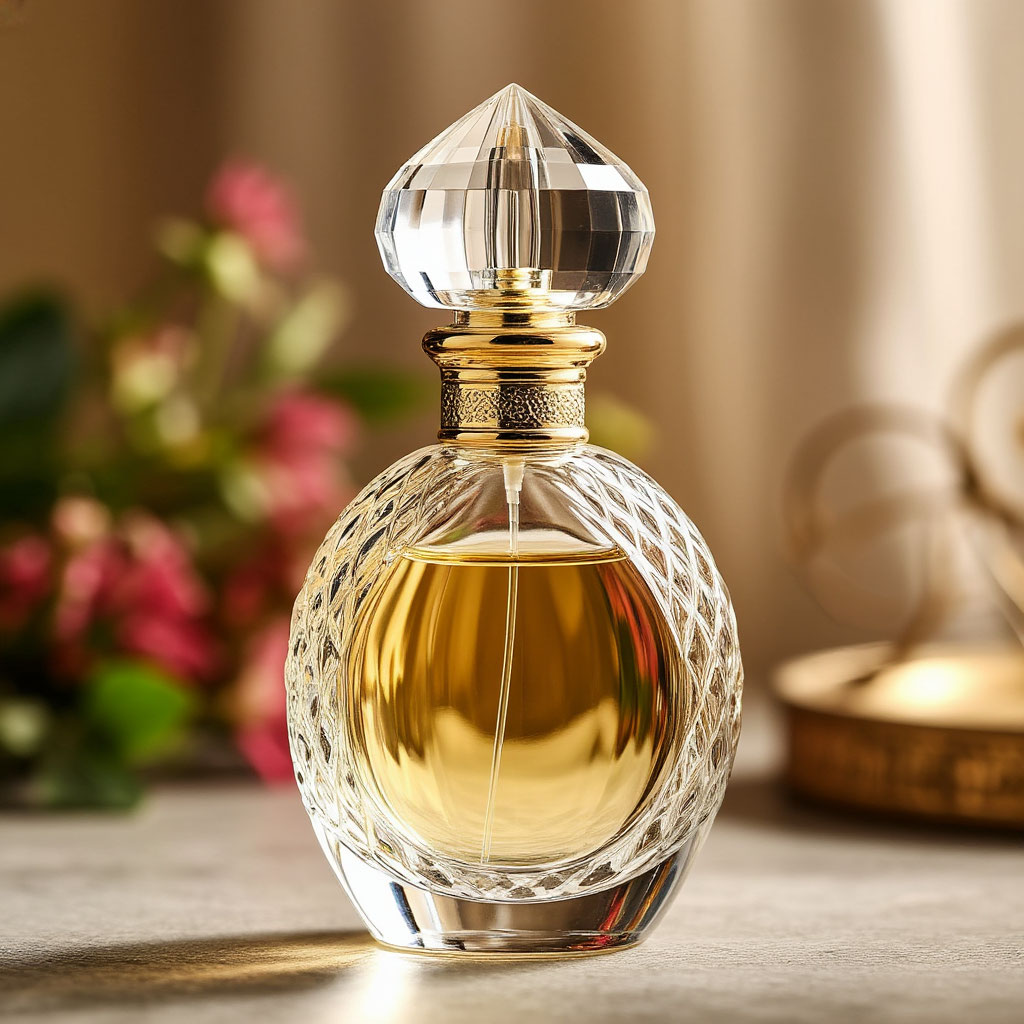
Iconic Scents of the Past
Retro fragrances aren’t just old bottles gathering dust. They capture a moment in time. Vintage perfumery often holds onto formulas you won’t find on store shelves anymore.
First Steps Toward Legends
The history of perfume didn’t begin in the last century, but that’s when some of the most lasting creations appeared. Guerlain Jicky (1889) and Chanel No. 5 (1921) changed everything. What made them special was how they balanced natural and synthetic ingredients—a daring move at the time.
How the 1980s Changed Perfume Forever
In a decade known for bold fashion and loud music, fragrances kept up. Retro fragrances from the 1980s didn’t whisper—they made an entrance. Think Dior Poison, Yves Saint Laurent Opium, Calvin Klein Obsession. These 1980s perfumes were rich, spicy, and dramatic. People are rediscovering these scents of the past today—but finding the originals is a real challenge.
Why Is Vintage Perfume So Valuable?
Modern perfumes often feel simpler, and there’s a reason. Rules around ingredients have changed. Natural musk, oakmoss, and floral absolutes gave perfumes of the past real depth. That’s why collectors seek out the originals—even bottles that are 30 or 40 years old.
How to Spot a True Retro Scent
Not every dusty bottle qualifies as a retro fragrance. A true vintage scent still smells layered and rich, and its packaging lines up with when it was made. Details like the glass shape, label design, and bottle cap all help tell its story.
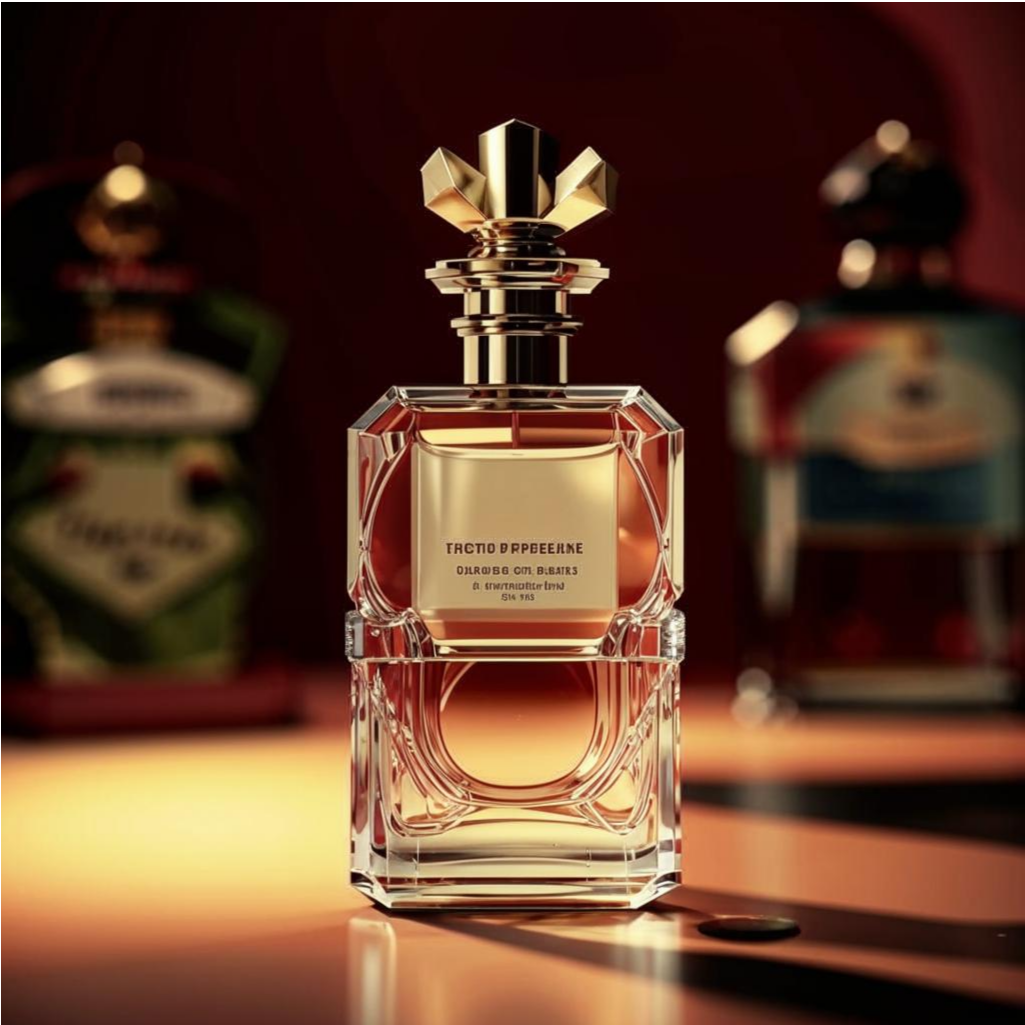
Fragrance Icons: Scents That Outlived Their Time
Some scents of the past are more than just fragrance—they became cultural touchpoints. Perfumes like Chanel No. 5 or Guerlain Shalimar outlasted trends and even their creators. Their strength lies in a perfect balance of creativity and precision. Every note mattered.
How the 1980s Conquered the World
The 1980s gave vintage perfumery some of its most daring hits. 1980s perfumes like Dior Poison (with that deep plum note), Opium (heavy on spice), and Obsession (warm, amber-rich) were loud and unapologetic. These retro fragrances were made to challenge expectations—and they still do.
Why Modern Versions Don’t Quite Measure Up
Today’s versions often feel lighter. The bold character of older retro fragrances is tough to copy. Many of the original ingredients have been restricted or replaced. Missing elements like:
natural musk;
oakmoss;
true floral absolutes—
gave those perfumes of the past their soul. Without them, newer formulas just don’t feel the same.
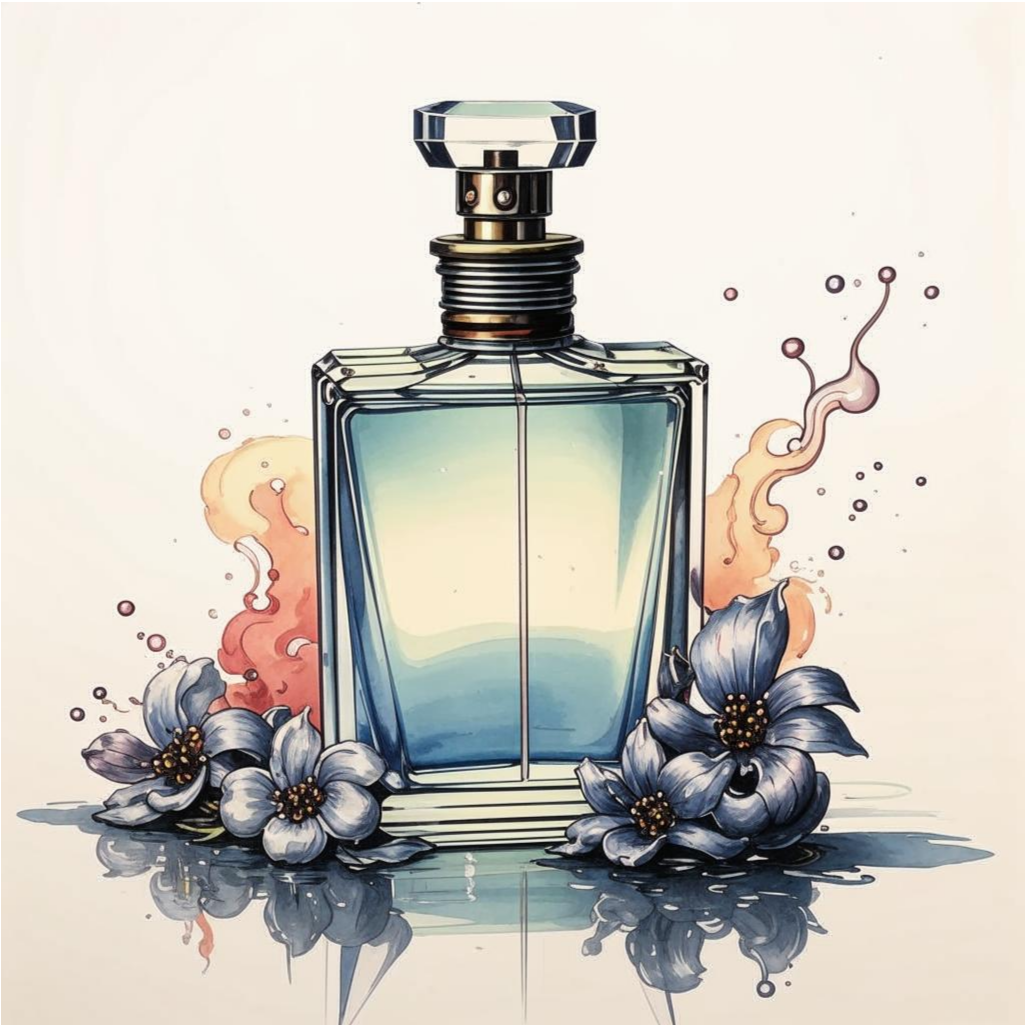
How Fragrance Formulas Have Changed: The Evolution of Perfume Composition
In the early 1900s, perfume houses relied mostly on what nature provided. Vintage perfumery back then used real flower extracts, musks from animals, and resins from trees. These raw materials built complex, evolving scents. That’s something modern versions rarely manage.
The Impact of Technological Progress
As synthetic ingredients became available mid-century, perfume-making changed. It became more affordable, but not always for the better. Some retro fragrances lost their richness. You’ll especially notice the difference in 1980s perfumes—where that signature power came from rare natural materials, now swapped for lab-made substitutes.
Environmental Regulations and Their Consequences
By the end of the century, many classic ingredients were banned. Brands say new formulas stay true to the spirit of fragrances of the past—but longtime fans know better. The scent may be similar, but the complexity and lasting power aren’t quite the same.
Key Ingredient Changes in Vintage vs. Modern Scents
| Ingredient | Vintage Perfumes | Modern Reformulations |
|---|---|---|
| Natural Musk | Animal-derived, deep and sensual | Synthetic musk (cleaner but less complex) |
| Oakmoss | Earthy, grounding base note | Restricted or replaced by analogues |
| Floral Absolutes | Extracted from real petals | Often replaced by simpler synthetics |
| Ambergris | Rare marine note with warmth | Lab substitutes like Ambroxan |
| Fixatives | Long-lasting natural resins | Quick-fading synthetic fixatives |
Who Should Wear Vintage Perfume: Finding the Right Fit
Retro fragrances aren’t for everyone—and that’s the point. These scents have layers and personality. Vintage perfumery speaks to people who enjoy depth in what they wear. If perfume is part of how you present yourself, not just a finishing spray, you might find a perfect match here.
Bold Choices for the Creative Soul
1980s perfumes tend to attract creatives. Loud, expressive, and even shocking—these scents break rules. Retro fragrances like Poison or Opium work best on someone who isn’t afraid to stand out and tell the world exactly who they are.
A Touch of Nostalgia
For some, perfumes of the past offer a way to reconnect—with a memory, a moment, or even a family story. Collectors and vintage lovers see vintage perfumery as a link to personal and cultural history. They care about the formula being true to the original and how well it captures the spirit of its time.
How to Know If Vintage Is Right for You
Ask yourself a few questions:
- Do today’s perfumes feel too basic or flat?
- Do you love a scent that evolves and lingers?
- If yes, retro fragrances might be worth exploring.
They pair beautifully with classic style—structured suits, silk dresses, leather bags—but can also create cool contrast with minimal, modern looks.
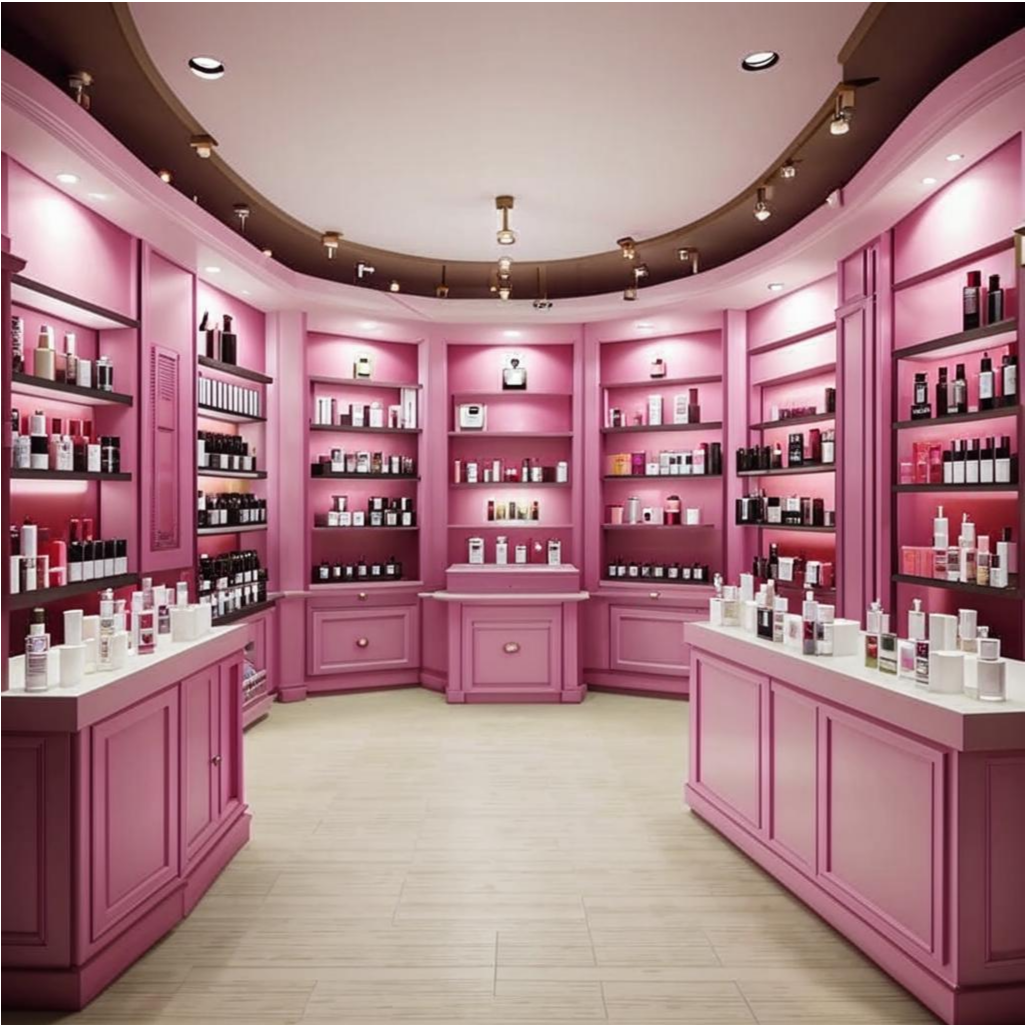
Where to Find Vintage Perfume: A Collector’s Guide
If you’re after scents of the past, start with small specialty boutiques. These places sometimes carry 1980s perfumes and older finds in surprisingly good shape. Auction houses are another option, though prices can be steep—especially for rare items with verified authenticity.
Online Platforms for Enthusiasts
There’s a whole world online for fans of perfumes of the past. Niche forums and collector groups are full of tips, stories, and of course, listings. These spaces are great for finding vintage bottles and learning from others. Look for sellers who offer clear photos and info on condition—it’s the best way to make sure you’re buying the real thing. Many of these communities are passionate about the history of perfume and keeping it alive.
Flea Markets and Antique Shops
Sometimes, the best finds are where you least expect them. Antique shops and flea markets can be full of surprises. Hunting for retro fragrances this way takes patience, but it can pay off. Just be sure to check the bottle and the juice inside. Well-preserved fragrances of the past still smell rich and layered, even decades later—something no modern copy can fake.
Modern Reissues of Legendary Scents
Not ready to dive into the world of collectors? No problem. Some brands now re-release famous 1980s perfumes and vintage blends. They don’t feel exactly the same, but they’re close enough to give you a sense of what made the originals so loved. It’s a good way to get into the history of perfume without worrying about age or storage.
Retro fragrances go beyond perfume. They carry the essence of the time they came from. They tell stories—not just of their creators, but of the people who wore them. From soft florals of the 1920s to bold 1980s perfumes, each one is a little bottle of memory.
Modern perfumes are fun, sure. But vintage perfumery still sets the standard for depth, storytelling, and lasting beauty. Even with new rules and lost ingredients, scents of the past continue to inspire. They remind us that real elegance doesn’t follow trends—and that perfume, when done right, becomes part of who we are.
Explore safely: start with decants, compare batches, and notice how modern scents quote vintage codes in fresh ways.
Download the brochure (PDF): Beauty Club — Vintage Perfumes: History & Today’s Influence

